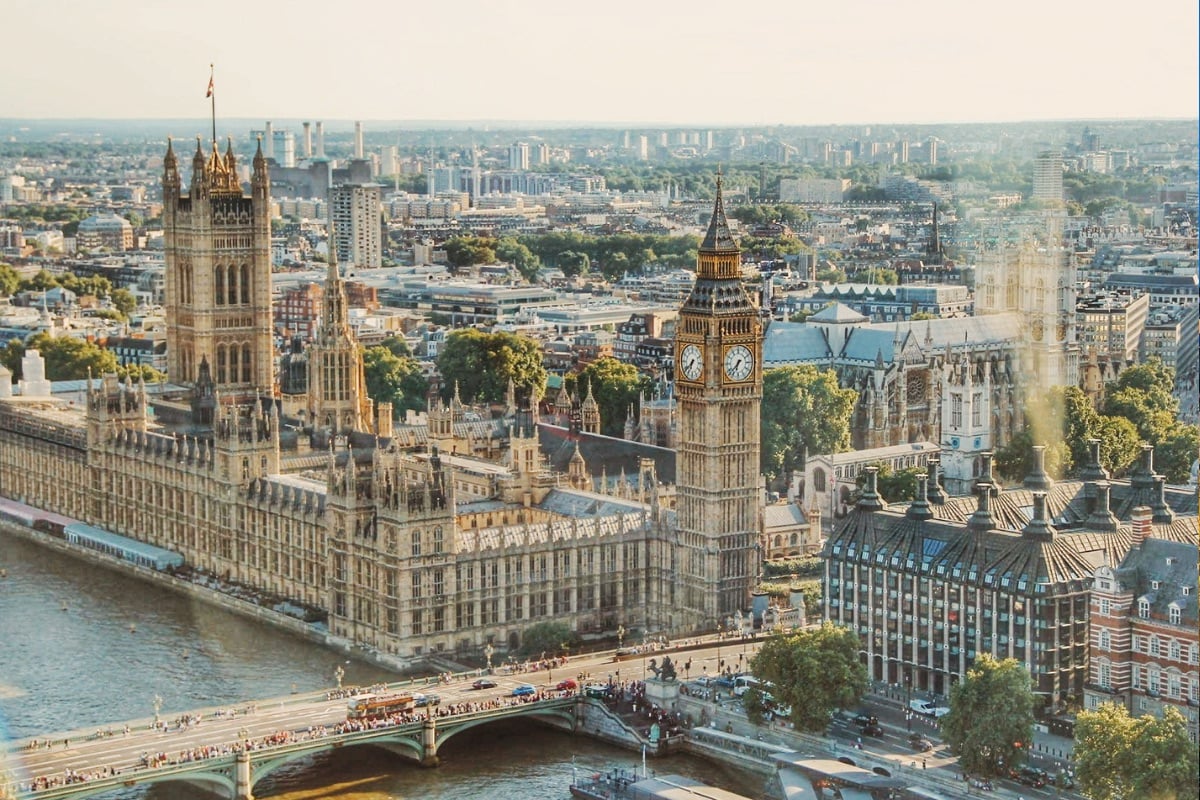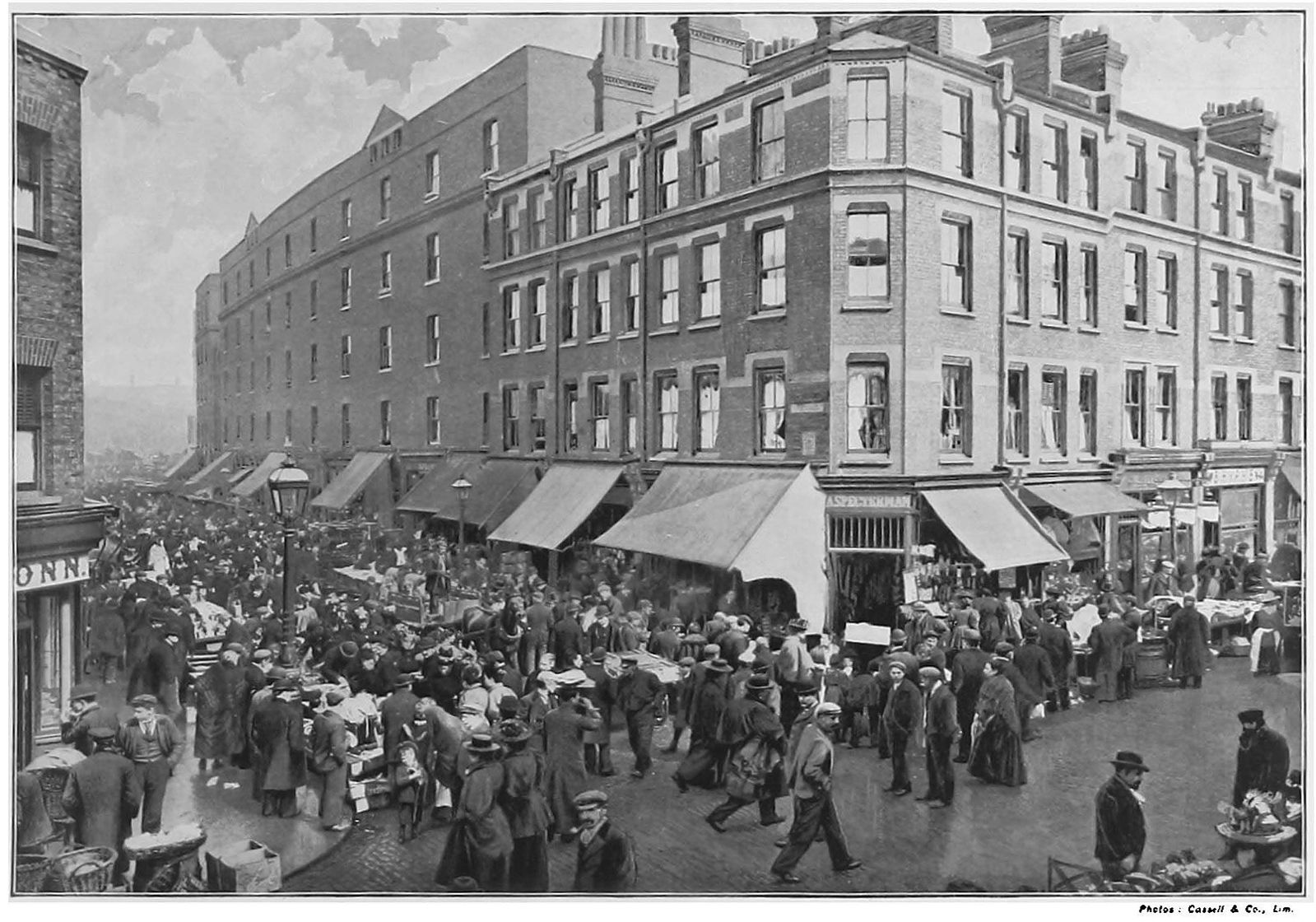London and Jews: A History Intertwined
London town is famous for its stunning architecture, diverse food culture, and a highly praised theater scene. In addition to all of these attractive features London hosts the largest Jewish community in the country. Since the 11th century Jews have called this metropolis home. Despite a few ups and downs the community has managed to become one of the most prosperous and respected in the world.

From Acceptance, Rejection, and Resettlement: Jewish History in England
While the exact date of arrival of Jews to England is debated historians can all agree that the first written mention of Jews was in 1066. After the Saxon conquest of England Jews from Rouen made their way to London attracted by the economic opportunities. With all this good fortune it is no surprise that London also had a flourishing Jewish intellectual life. This was noticed by Jewish Torah scholars from across Europe and attracted visitors such as the famous Abraham Ibn Ezra, who authored the Iggeret HaShabbat.

Antisemitism was still rampant in the country and throughout the Medieval period the Jewish quarter was set ablaze numerous times. Jews were also forbidden from owning land. This pushed them into professions such as tradesmen. Most other Jews worked as moneylenders, a profession forbidden to Christians. This made Jews very valuable to the upper classes.
In 1290 the community was expelled from the country. The return of Jews to England finally came in 1632 when persecuted Jews fleeing from Spain and Portugal settled in the country. Around 1690 Ashkenazim from Amsterdam and Germany followed their pioneering Sephardi cousins and established their own congregation.

The Salvation of London Jewry
Then in the 19th century Jews earned their emancipation. They were allowed to move outside the quarter and establish legitimate retail businesses, something they had been barred from for centuries. In addition to this the first Jewish sheriff was elected and in 1858 Jews became represented in English Parliament. The Jewish population also grew substantially during this period with the arrival of Russian Jewry. This raised the overall community numbers from 47,000 to well over 100,000 individuals. From this point the discrimination against the community was less apparent.
Then came the historic event that would change the whole of European Jewry forever. In 1939 Germany invaded Poland. Not long after Britain declared war on Germany. This action saved countless British Jews from mass murder, the remainder of European Jewry was not so fortunate.
Today British Jewry continues to increase and make a name for itself on the world stage. Some of the most famous Jewish names in the world hail from London. These include the late Lord Rabbi Jonathan Sacks, one of the most respected Torah scholars and Jewish community leaders in history. Other notable names include Vidal Sassoon, the hair tycoon and celebrity stylist. In addition, these British Jews excel in the world of film and music. Names such as Amy Winehouse and Sacha Baron Cohen are sure to ring a few bells.

From One Neighborhood to the Next: London’s Jewish Quarters and Sites
The first mention of a Jewish quarter in London dates to the Terrier of Saint Paul’s published in 1128. Under Milk Street archaeologists discovered a 13th century mikveh. During the late 19th century and first half of the 20th century London’s Jewish Quarter was divided. Jews lived in Whitechapel, Spitalfields, and Mile End Old Town districts. Some also lived in the parish of St. George-in-the-East. Eventually the community migrated to London’s East End. There are bits and pieces of Jewish culture and history in every aspect of the city.
The Bevis Marks Synagogue stands as one of Europe’s oldest active synagogues. During the 17th century waves of Jewish Sephardi immigrants flocked to England. In 1701 the community built one of the largest and most extravagant synagogues in all Europe. Wooden pews and chandeliers give the space a very ethereal aura.

When Hitler’s nazi party was rising to power many Jewish families saw their destruction coming and immigrated to England. Sigmund Freud moved his family from Vienna to London in 1938, just escaping the claws of the Nazis. London would be where Freud developed the study of psychoanalysis. You can visit his home in London at The Freud Museum which houses his books, art, and even the famous reclining couch.
London is one European city where Jewish intellectual life and creativity could flourish. It is no surprise then that one of the oldest and most established Jewish art galleries in the world is in London. The Ben Uri Gallery opened at the turn of the century as a premier gallery for artists of Jewish descent from around the world. In its nearly 120 year history the gallery has hosted a number of famous Jewish artists including Chagall and Epstein.

Upwards and Onwards: The Continued Thrival of London Jews
There seems to be no end in sight for the potential of English Jewry. The community serves as a testament to the resilience of world Jewry. They have been knocked down over the years but have always managed to come back stronger than ever. Today Jewish history and culture is preserved and celebrated attracting visitors and immigrants from across the Jewish diaspora.

